How to upgrade win7 to win10 system
After using the win7 system for a long time, some friends want to change their taste and install the win10 system to experience it. However, many friends do not know how to operate it. Let me explain to you the tutorial on upgrading the windows7 system to the win10 system.
1. First download and install the System Home one-click system reinstallation tool on an available computer, insert an empty USB disk of more than 8g, and select the USB disk mode to start production.
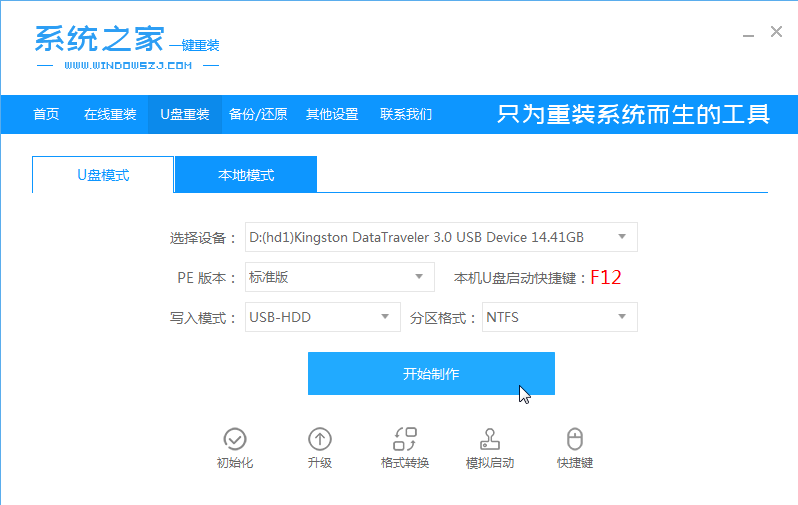
#2. Select the win10 system that needs to be installed in this column and click to start production.

#3. After the software automatically completes the production and prompts success, we can unplug the USB disk and close the software.

#4. Insert the USB boot disk into the computer that needs to be installed. When booting, press the startup hotkey f12 or del, etc. to enter the quick startup item. Select u. Enter the disk startup item.
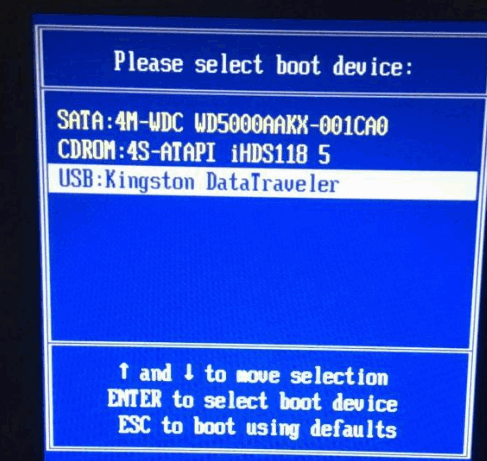
#5. Select item 01 with the up and down keys to enter the pe system.
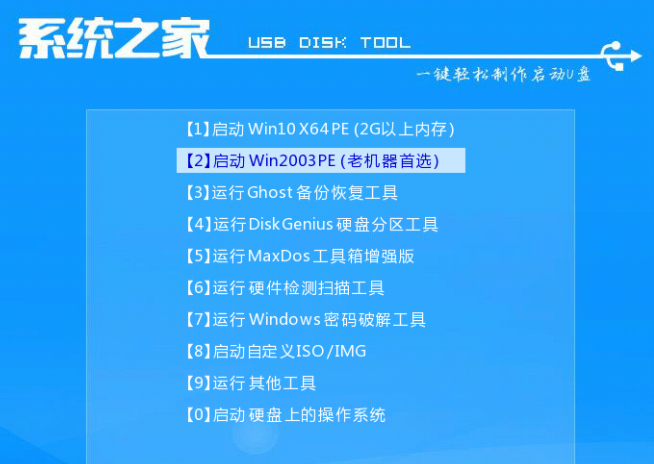
#6. In the pe system, open the system home installation tool and select the win10 system to install to the system disk c drive.
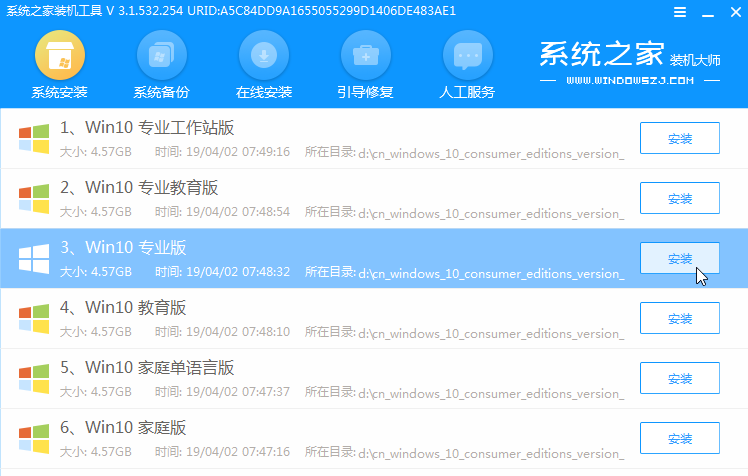
#7. Wait for the prompt that the installation is complete, and then choose to restart the computer immediately.

#8. It may restart multiple times during this period. Wait patiently until you enter the win10 system desktop, which means the installation is complete.
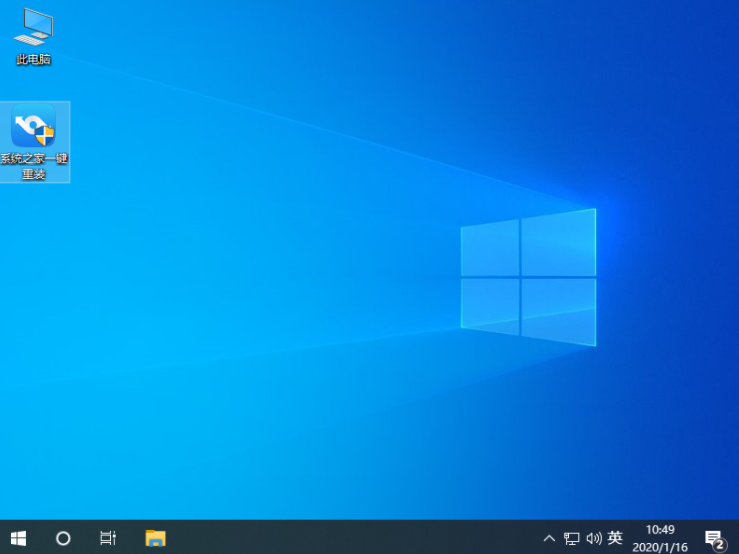
#The above are the steps to share with you how to upgrade win7 to win10 system. I hope it will be helpful to everyone.
The above is the detailed content of How to upgrade win7 to win10 system. For more information, please follow other related articles on the PHP Chinese website!

Hot AI Tools

Undresser.AI Undress
AI-powered app for creating realistic nude photos

AI Clothes Remover
Online AI tool for removing clothes from photos.

Undress AI Tool
Undress images for free

Clothoff.io
AI clothes remover

AI Hentai Generator
Generate AI Hentai for free.

Hot Article

Hot Tools

Notepad++7.3.1
Easy-to-use and free code editor

SublimeText3 Chinese version
Chinese version, very easy to use

Zend Studio 13.0.1
Powerful PHP integrated development environment

Dreamweaver CS6
Visual web development tools

SublimeText3 Mac version
God-level code editing software (SublimeText3)

Hot Topics
 1381
1381
 52
52
 What is Linux actually good for?
Apr 12, 2025 am 12:20 AM
What is Linux actually good for?
Apr 12, 2025 am 12:20 AM
Linux is suitable for servers, development environments, and embedded systems. 1. As a server operating system, Linux is stable and efficient, and is often used to deploy high-concurrency applications. 2. As a development environment, Linux provides efficient command line tools and package management systems to improve development efficiency. 3. In embedded systems, Linux is lightweight and customizable, suitable for environments with limited resources.
 Who invented the mac system
Apr 12, 2025 pm 05:12 PM
Who invented the mac system
Apr 12, 2025 pm 05:12 PM
The macOS operating system was invented by Apple. Its predecessor, System Software, was launched in 1984. After many iterations, it was updated to Mac OS X in 2001 and changed its name to macOS in 2012.
 How Debian improves Hadoop data processing speed
Apr 13, 2025 am 11:54 AM
How Debian improves Hadoop data processing speed
Apr 13, 2025 am 11:54 AM
This article discusses how to improve Hadoop data processing efficiency on Debian systems. Optimization strategies cover hardware upgrades, operating system parameter adjustments, Hadoop configuration modifications, and the use of efficient algorithms and tools. 1. Hardware resource strengthening ensures that all nodes have consistent hardware configurations, especially paying attention to CPU, memory and network equipment performance. Choosing high-performance hardware components is essential to improve overall processing speed. 2. Operating system tunes file descriptors and network connections: Modify the /etc/security/limits.conf file to increase the upper limit of file descriptors and network connections allowed to be opened at the same time by the system. JVM parameter adjustment: Adjust in hadoop-env.sh file
 Who developed mac os
Apr 12, 2025 pm 05:15 PM
Who developed mac os
Apr 12, 2025 pm 05:15 PM
The developer of macOS is Apple, which features Unix kernel, ease of use, a rich application ecosystem, seamless integration with Apple devices, and excellent performance. As of this stage, the latest version of macOS is macOS Ventura.
 How to improve Debian Hadoop data localization
Apr 13, 2025 am 10:51 AM
How to improve Debian Hadoop data localization
Apr 13, 2025 am 10:51 AM
Improve Hadoop data localization on Debian can be achieved through the following methods: Balanced hardware resources: Ensure that the hardware resources (such as CPU, memory, disk capacity, etc.) of each DataNode node in the HDFS cluster are similar to each other to avoid obvious performance bottlenecks. Optimize data writing strategy: reasonably configure HDFS data writing strategy, such as dynamically selecting DataNode nodes for storage based on the node's load conditions and available resources to achieve balanced data distribution. Using Balancer Tools: Leverage HD
 MongoDB Quick Start: From Installation to Basic Operations
Apr 12, 2025 am 06:27 AM
MongoDB Quick Start: From Installation to Basic Operations
Apr 12, 2025 am 06:27 AM
This article introduces the quick way to get started with MongoDB. 1. Install MongoDB: Download the corresponding version installation package and run the installer to start MongoDB service; 2. Basic operations: Use the PyMongo driver to perform CRUD operations (insert, query, update, delete), pay attention to connecting and closing the database; 3. Performance optimization: Reasonably design the database structure and select appropriate indexing strategies based on actual conditions to avoid excessive indexes. By mastering these steps, you can quickly get started with MongoDB.
 Database selection for GitLab on Debian
Apr 13, 2025 am 08:45 AM
Database selection for GitLab on Debian
Apr 13, 2025 am 08:45 AM
When deploying GitLab on Debian, you have a variety of databases to choose from. According to the search results, the following are several common database selections and their related information: SQLite Features: SQLite is a lightweight embedded database management system with a simple design, small space, and easy to use, and no independent database server is required. Applicable scenarios: For small applications or applications that need to run on embedded devices. Features of MySQL: MySQL is an open source relational database management system, widely used in websites and applications.
 What are the methods of tuning performance of Zookeeper on CentOS
Apr 14, 2025 pm 03:18 PM
What are the methods of tuning performance of Zookeeper on CentOS
Apr 14, 2025 pm 03:18 PM
Zookeeper performance tuning on CentOS can start from multiple aspects, including hardware configuration, operating system optimization, configuration parameter adjustment, monitoring and maintenance, etc. Here are some specific tuning methods: SSD is recommended for hardware configuration: Since Zookeeper's data is written to disk, it is highly recommended to use SSD to improve I/O performance. Enough memory: Allocate enough memory resources to Zookeeper to avoid frequent disk read and write. Multi-core CPU: Use multi-core CPU to ensure that Zookeeper can process it in parallel.



